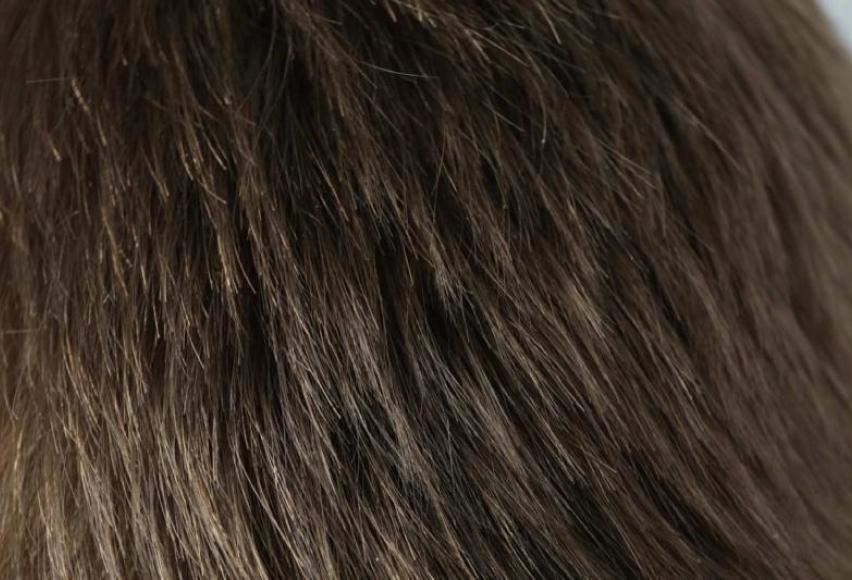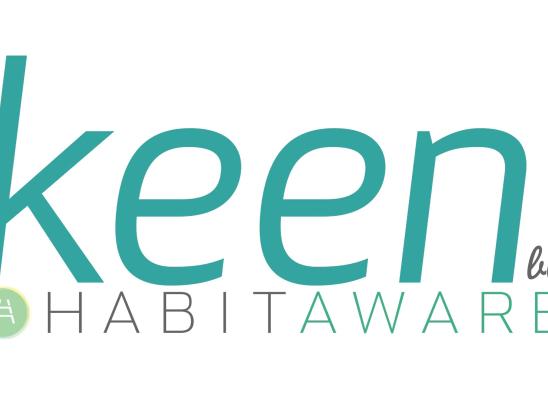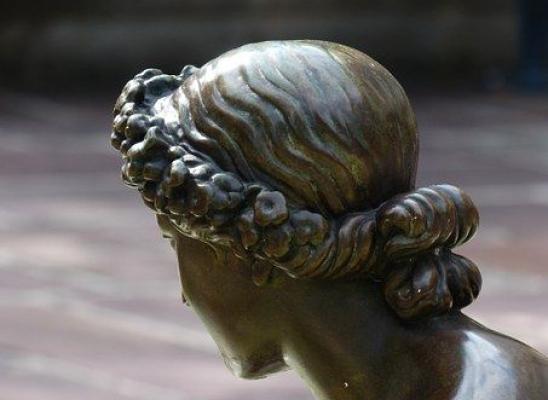Tips for hair growth for hair pullers

Online test
Find out the severity of your symptoms with this free online test
Overwhelming feelings of stress, tension and anxiety in Trichotillomania sufferers can lead to them fearing that there is no escape from this seemingly unusual disorder. As much as the actual act of hair pulling needs to be acknowledged and treated, a sufferer’s next most obvious concern is to have his or her hair grow back. Trich sufferer Hannah Bunker unpacks tips for hair growth in her you tube video.
Hannah's tips:
A person suffering from a hair pulling disorder needs to implement a daily routine to ease the anxiety they feel before pulling. Hannah offers six tips that trich sufferers can make use of for hair regrowth:
- Use a skin and hair supplement like Biotin on a daily basis. It encourages hair growth and strengthens the hair from the root.
- To make eyelash hair stronger and thicker, add a drop of lavender oil into your mascara tube.
- You can stimulate your roots by rubbing them or massaging them regularly. This also has the added benefit of keeping the fingers busy in a constructive exercise that has the opposite effect of hair pulling.
- An over-the-counter eyelash serum like Rapid Lash or Latisse will assist in getting the hair to grow back. You can apply it every night to your lashes and eyebrows and it yields quick regrowth.
- A pull bracelet is a plain bracelet which works on a type of reward system; where you add a bead or charm onto the bracelet for every day you don’t succumb to the urge to pull. The bracelet is very effective because you can chart your progress in resisting the urge to pull, and the more beads you accumulate, the better you feel and the easier it becomes to stop pulling.
- Cognitive Behavioural Therapy (CBT) is a therapy focusing on an individual’s thoughts, feelings and behaviours when he or she is faced with a stressful situation that leads to the urge to pull. Once you are able to identify these emotions it makes it easier to separate from the situation and distract yourself by doing something else to calm and de-stress you.
Worth a Try
Although these tips are not endorsed by any medical professionals, they are harmless and well worth trying if you are a sufferer of Trichotillomania. Hannah has been suffering from Trich for about twenty years and has tried a variety of different treatments but she feels that these tips that she shared really worked for her. As the hair starts growing back, your self-esteem will improve and this can lead to the pulling behaviour lessening and even disappearing altogether.
Online test
Find out the severity of your symptoms with this free online test
Start your journey with TrichStop
Take control of your life and find freedom from hair pulling through professional therapy and evidence-based behavioral techniques.
Start Now



